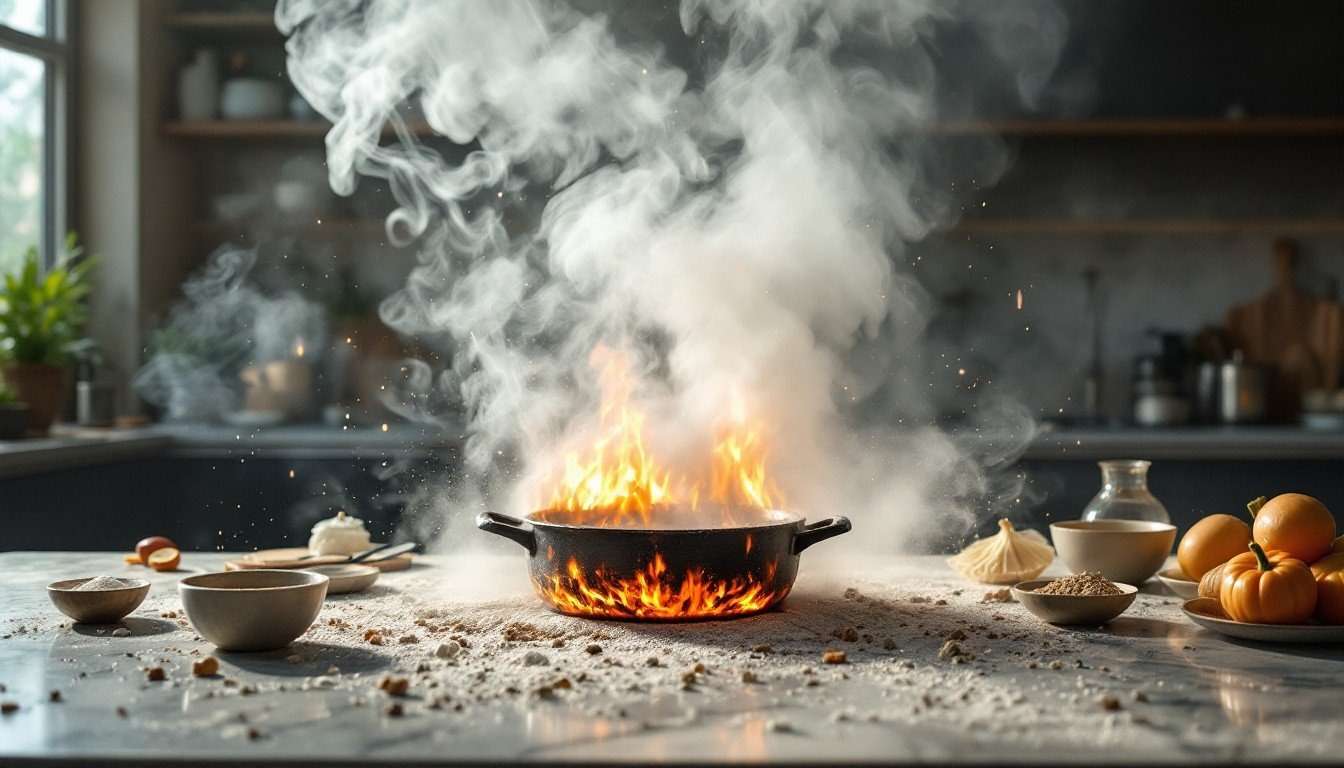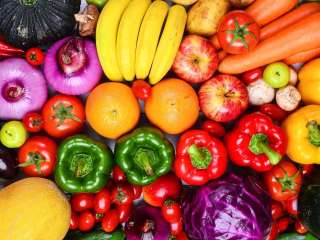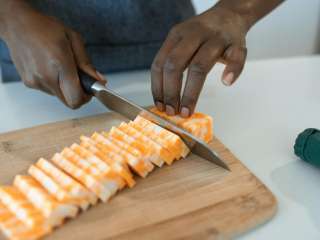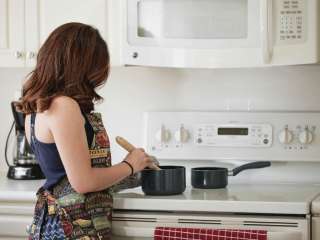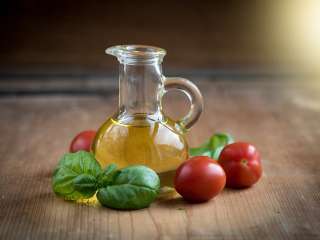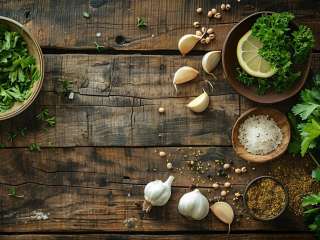Even the most experienced home cooks make mistakes in the kitchen. Knowing what to avoid can save you time, effort, and ensure that your meals turn out delicious every time. Here are ten common cooking mistakes and how to avoid them.
1. Not Reading the Recipe Fully
Many people start cooking without thoroughly reading the recipe. This can lead to missed steps or improper ingredient use. Always read through the entire recipe before you begin.
2. Overcrowding the Pan
When too much food is in the pan, it lowers the temperature and prevents proper browning. Cook in batches if needed to achieve a perfect sear.
3. Using a Dull Knife
A dull knife requires more force and can lead to accidents. Keep your knives sharp to ensure clean, precise cuts and safer handling.
4. Not Preheating the Pan
Placing food in a cold pan can cause sticking and uneven cooking. Always preheat your pan before adding ingredients, especially for searing meat.
5. Neglecting to Taste as You Cook
Waiting until the dish is finished to taste can result in underseasoned or over-seasoned food. Taste as you go and adjust accordingly.
6. Overcooking Meat
Overcooked meat becomes dry and tough. Use a meat thermometer to ensure proper doneness and let the meat rest before slicing to retain juices.
7. Cooking Vegetables at the Wrong Temperature
Cooking vegetables at too high or too low a temperature can affect their texture and flavor. Sauté at medium-high heat for crisp-tender results, and roast at high heat for caramelization.
8. Using the Wrong Oil for Cooking
Different oils have different smoke points. Use oils with high smoke points like vegetable or canola oil for frying, and olive oil for low-heat cooking or dressing.
9. Measuring Ingredients Incorrectly
Baking is especially sensitive to incorrect measurements. Use proper measuring cups for dry and liquid ingredients to ensure accurate results.
10. Ignoring Carryover Cooking
Foods, especially meats, continue to cook after being removed from heat. Account for carryover cooking by removing items slightly before they reach the target temperature.
By avoiding these common mistakes, you can improve your cooking skills and create consistently delicious meals. Keep practicing, and happy cooking!
